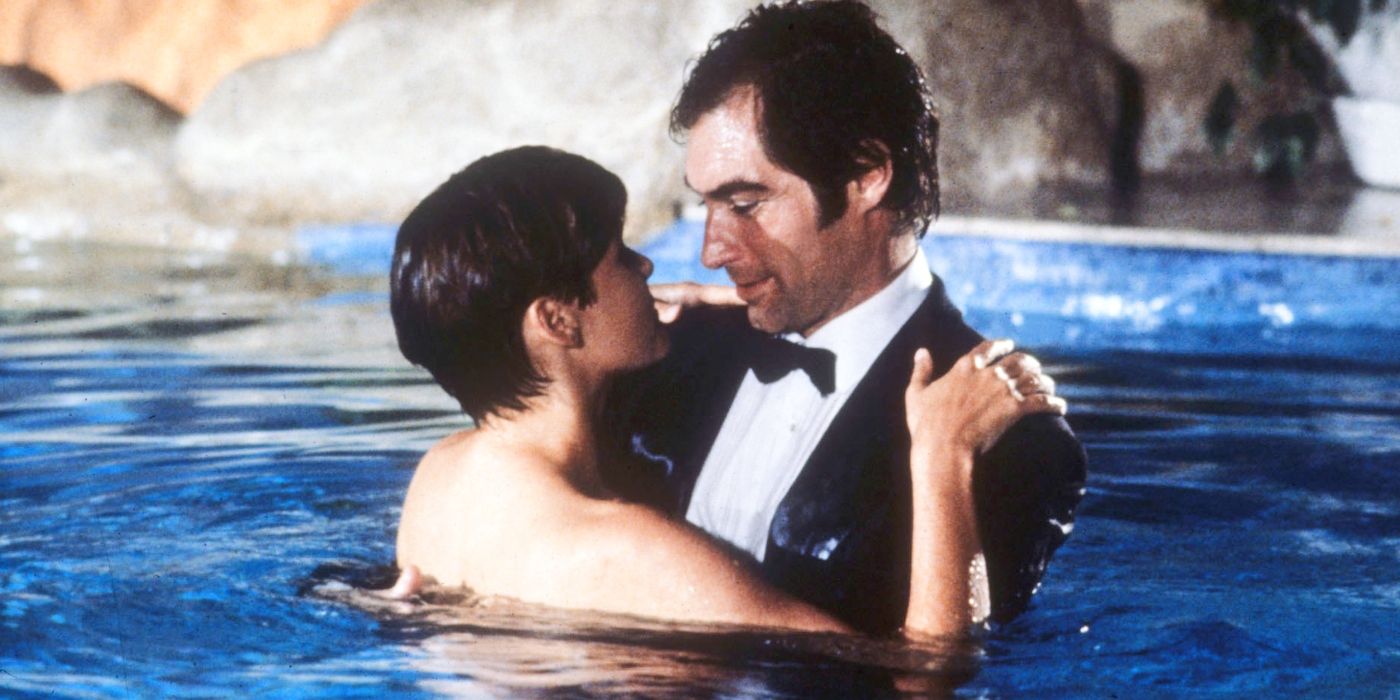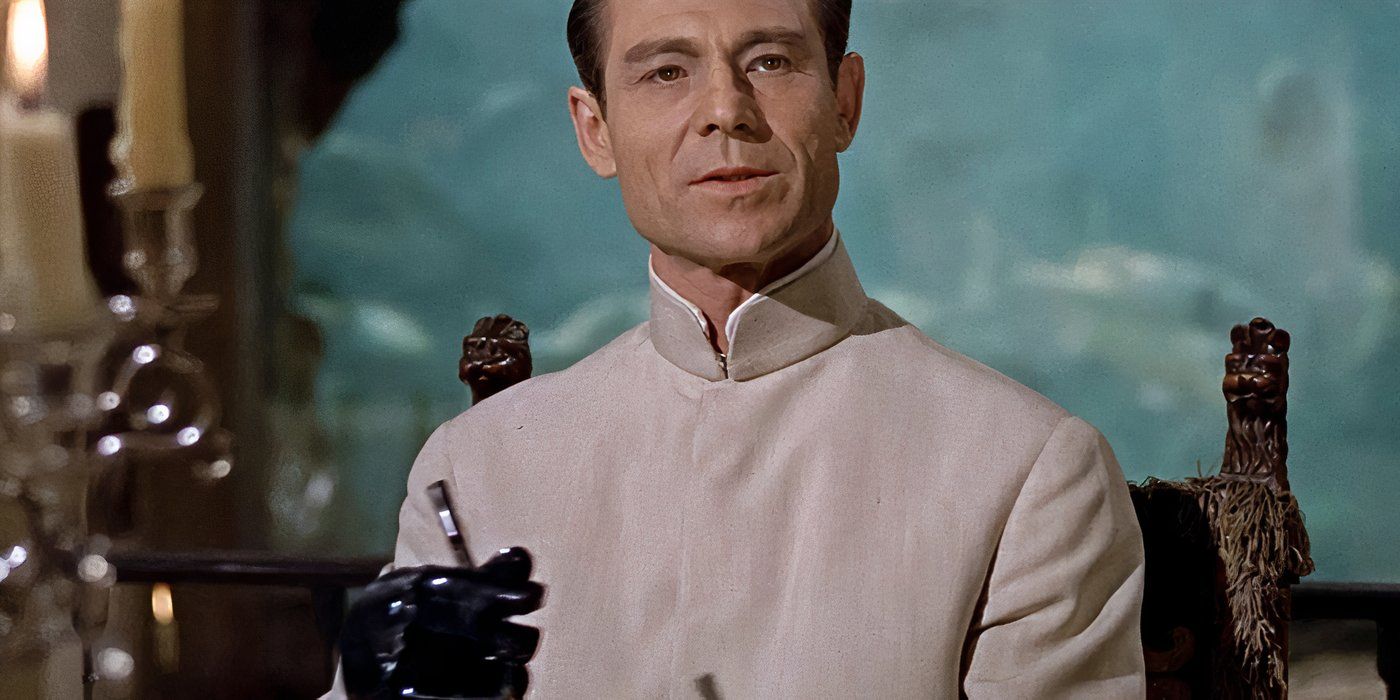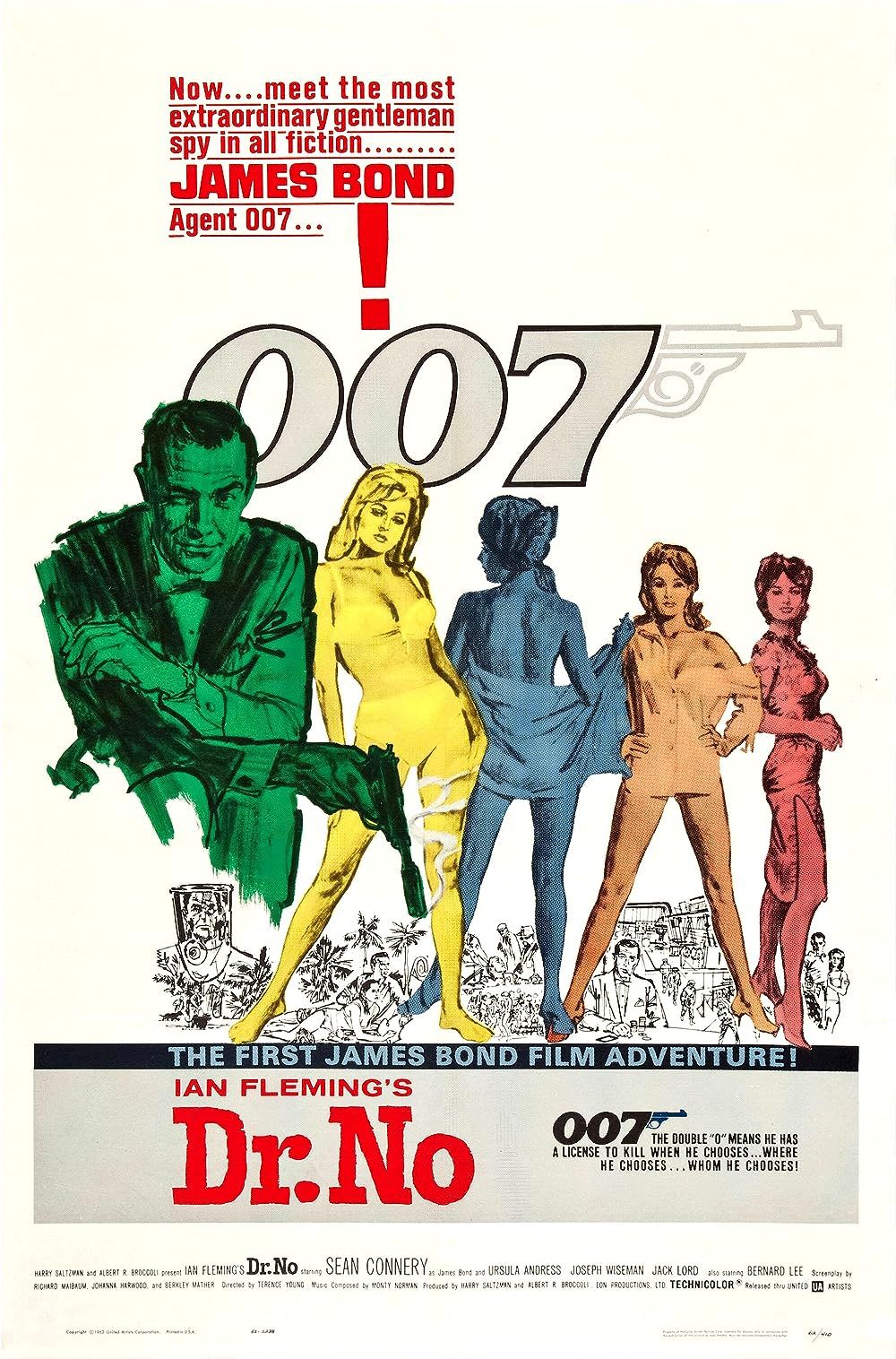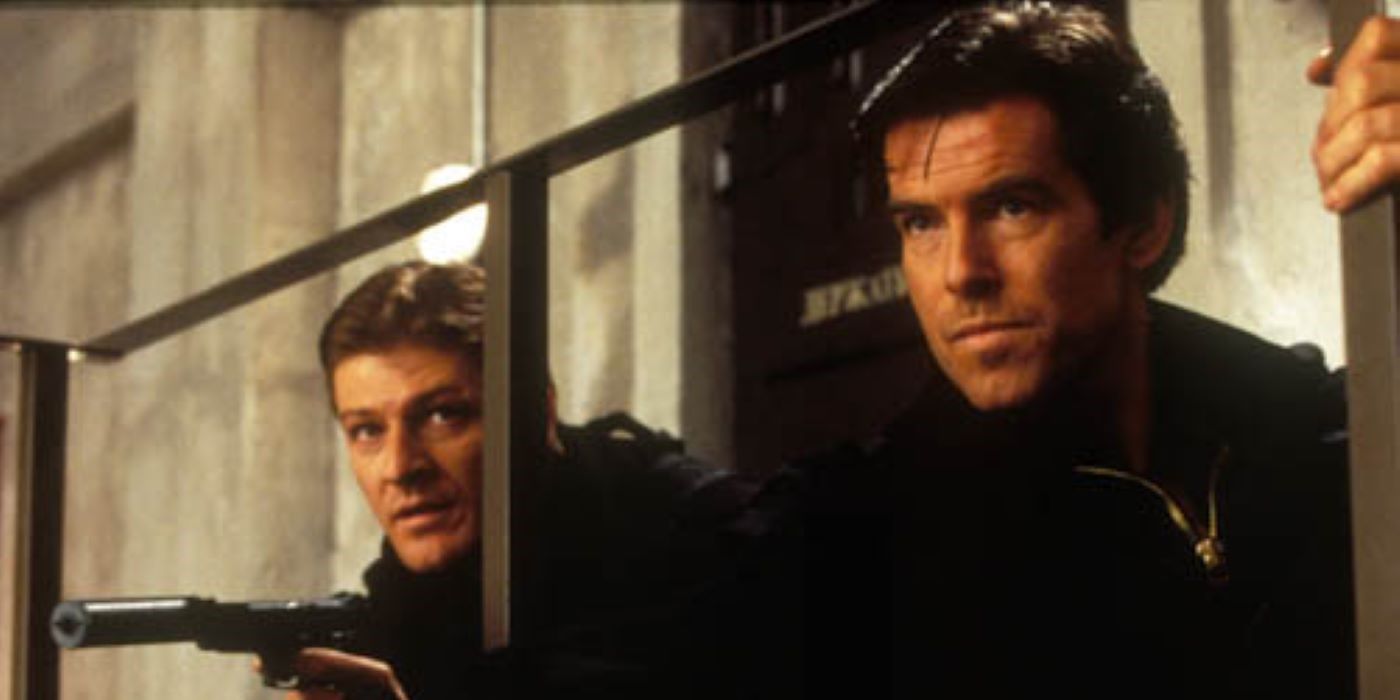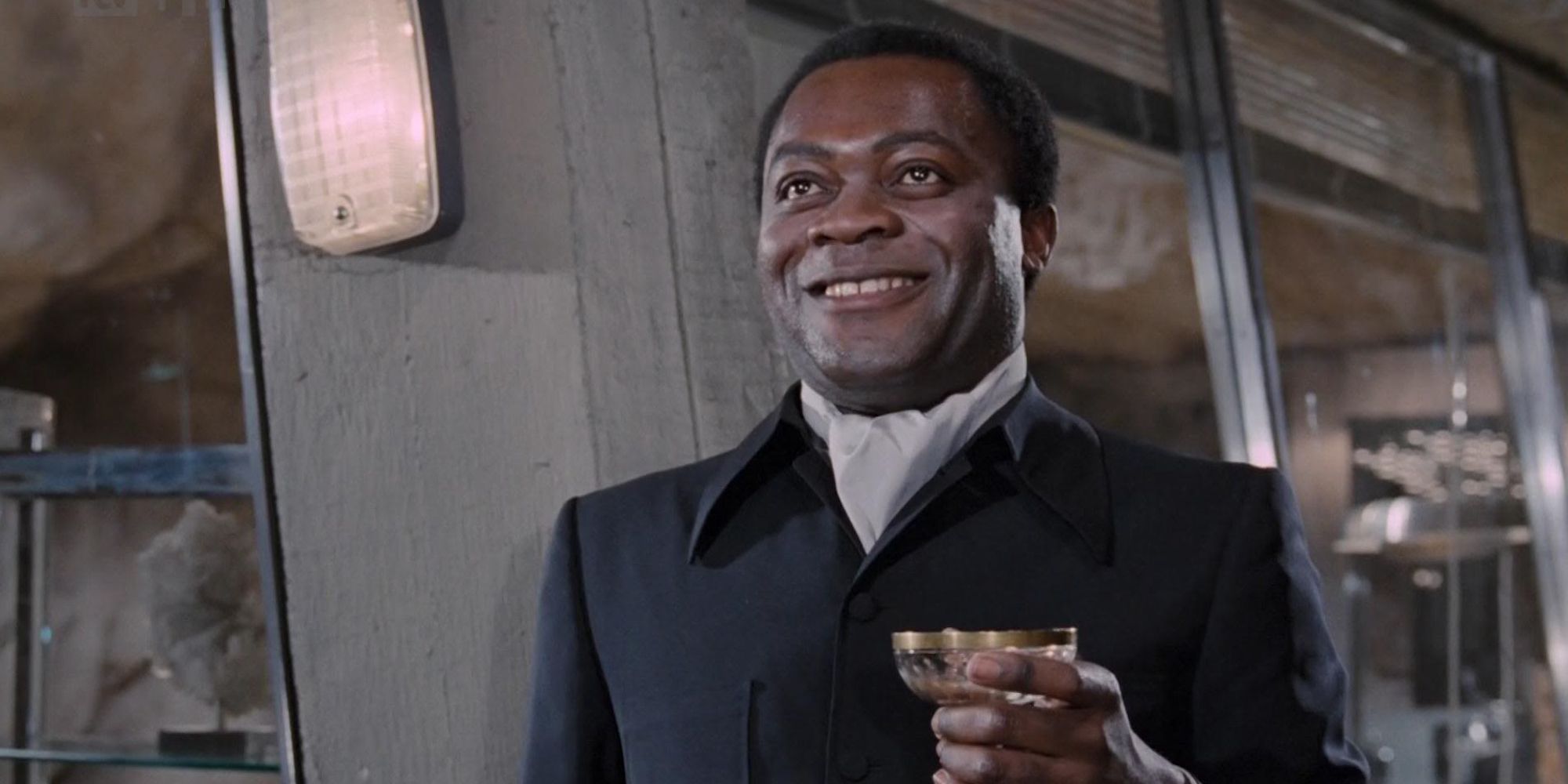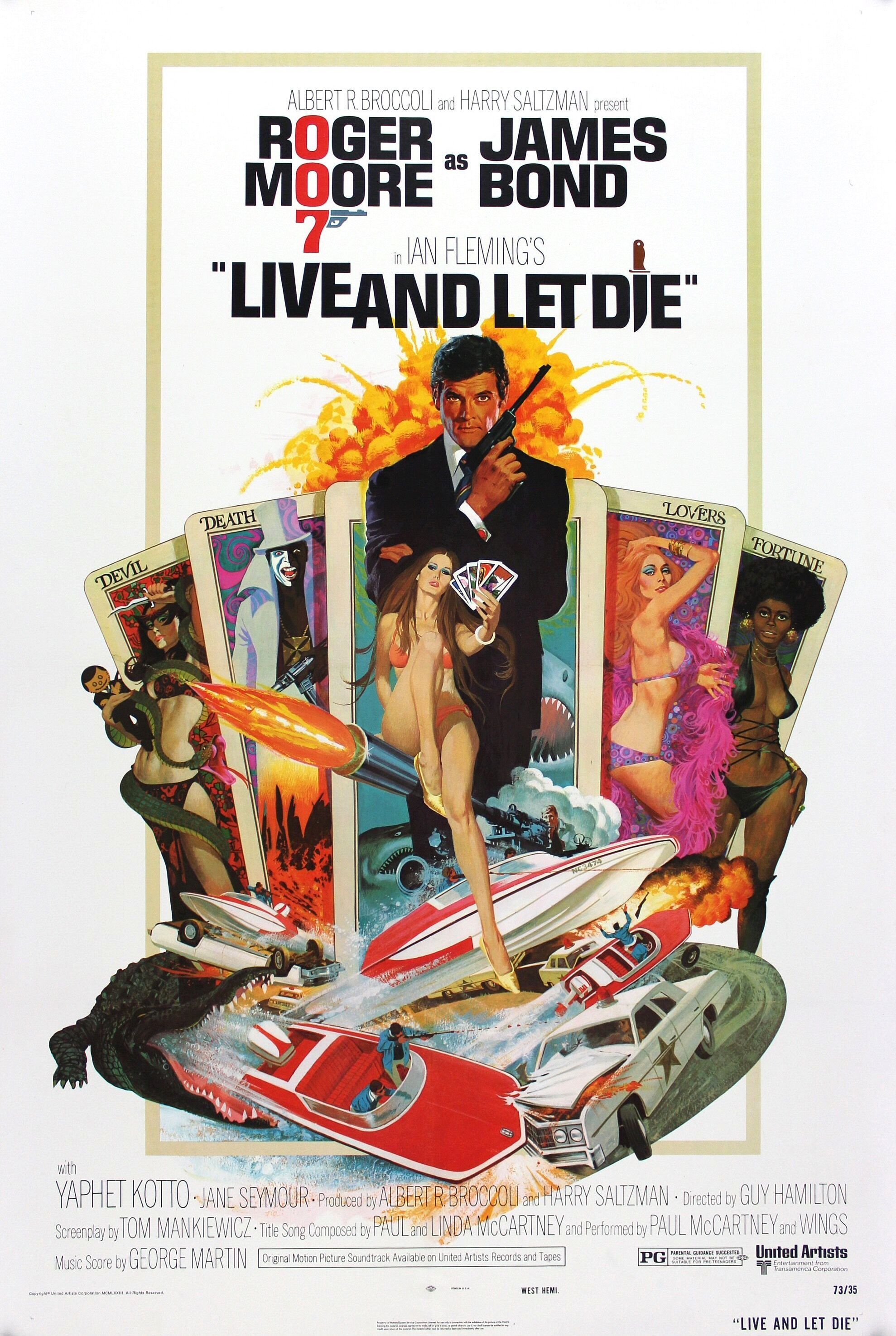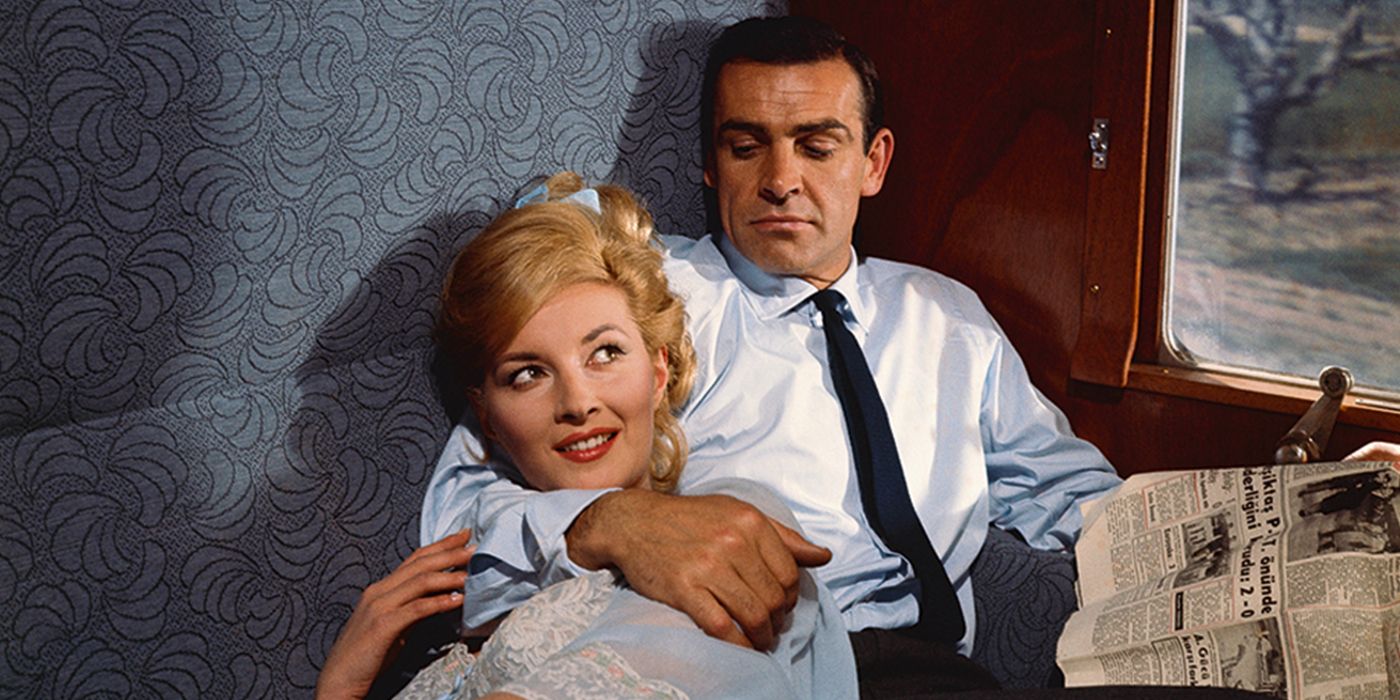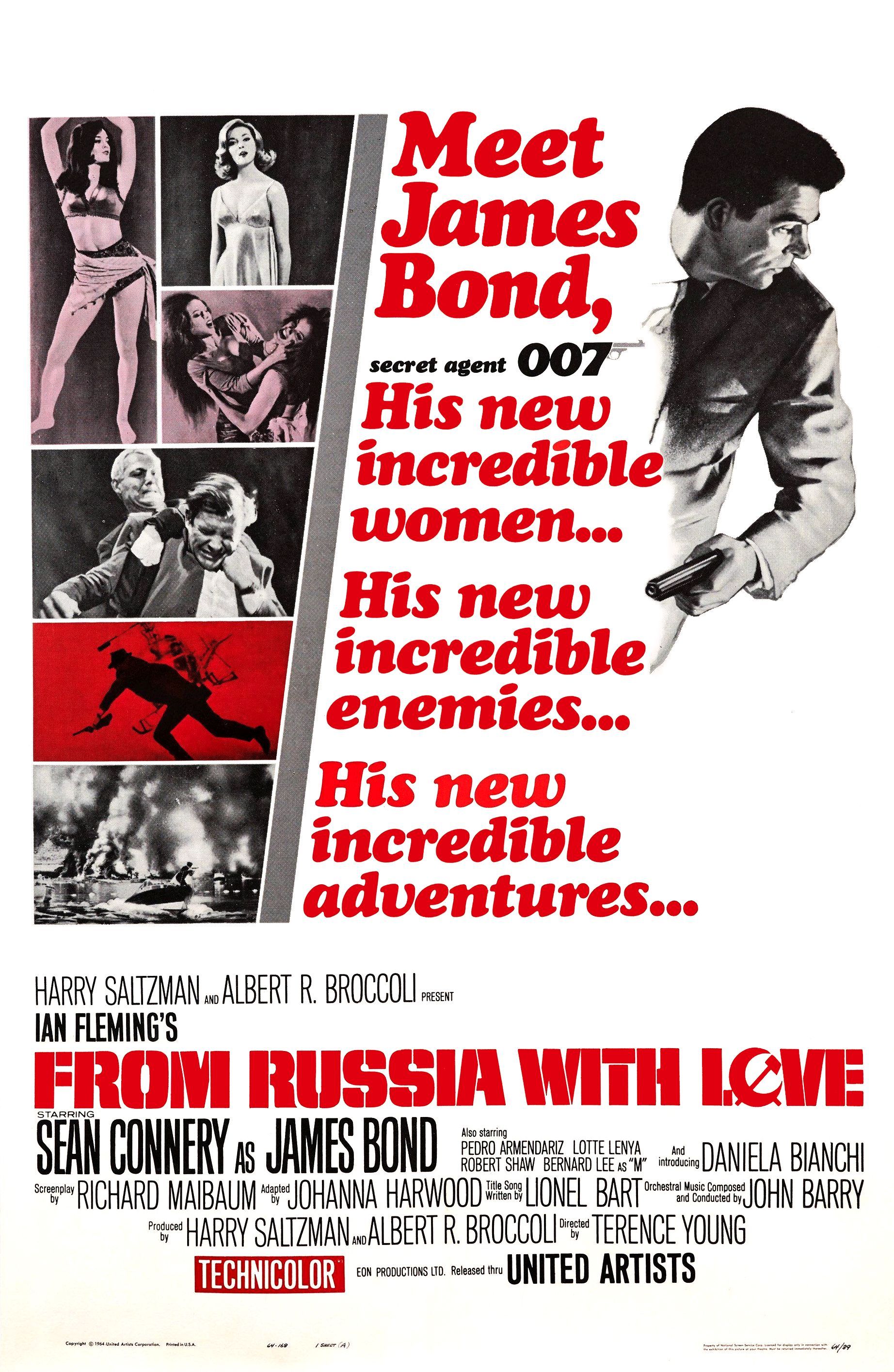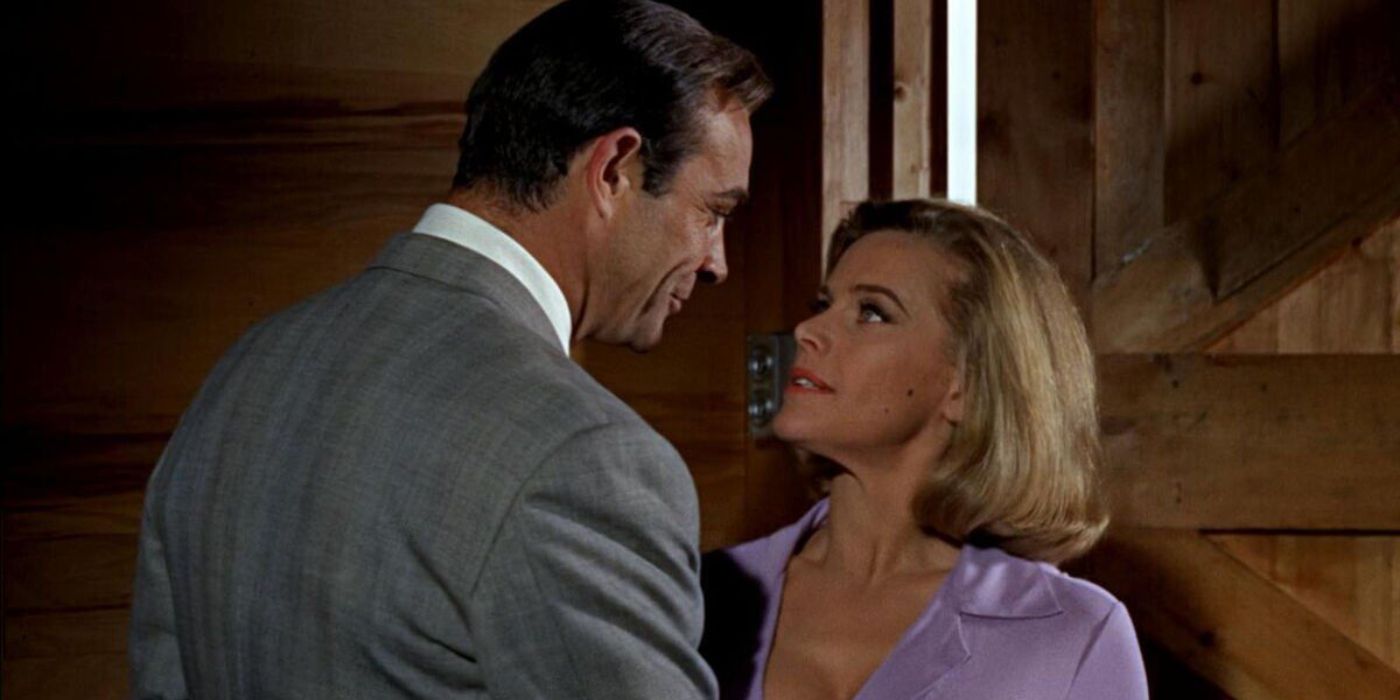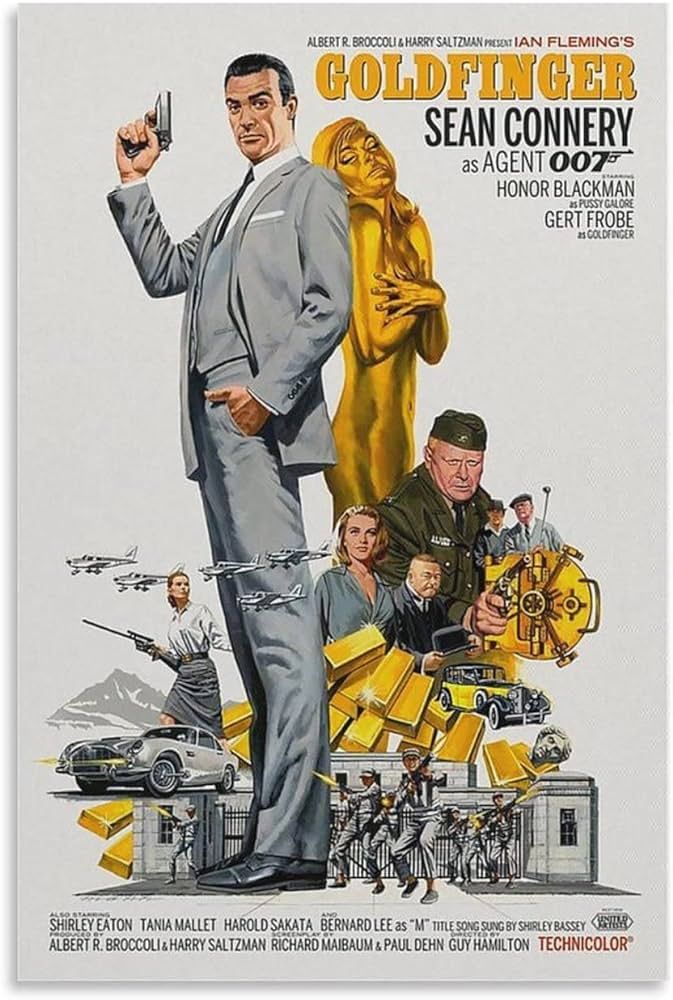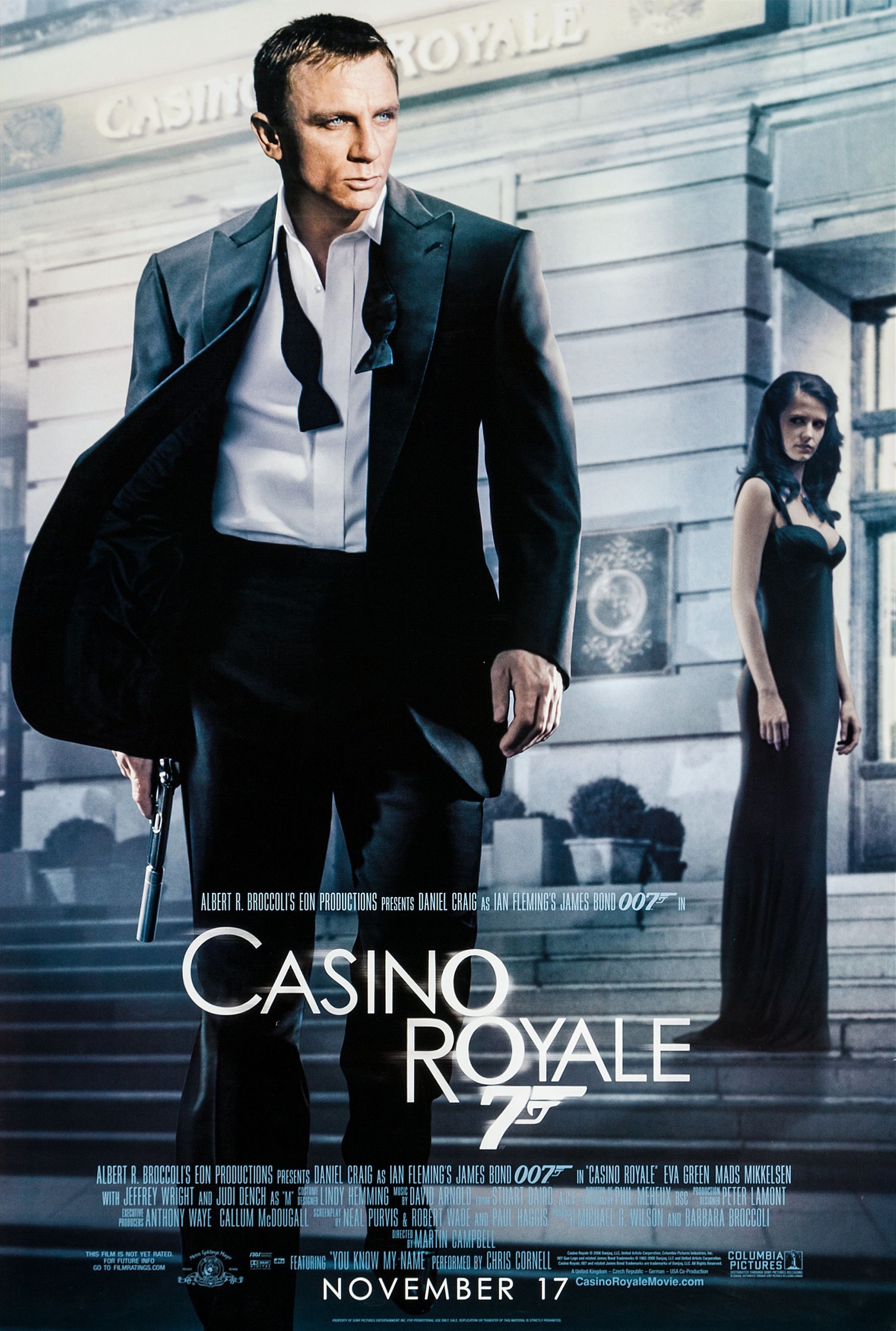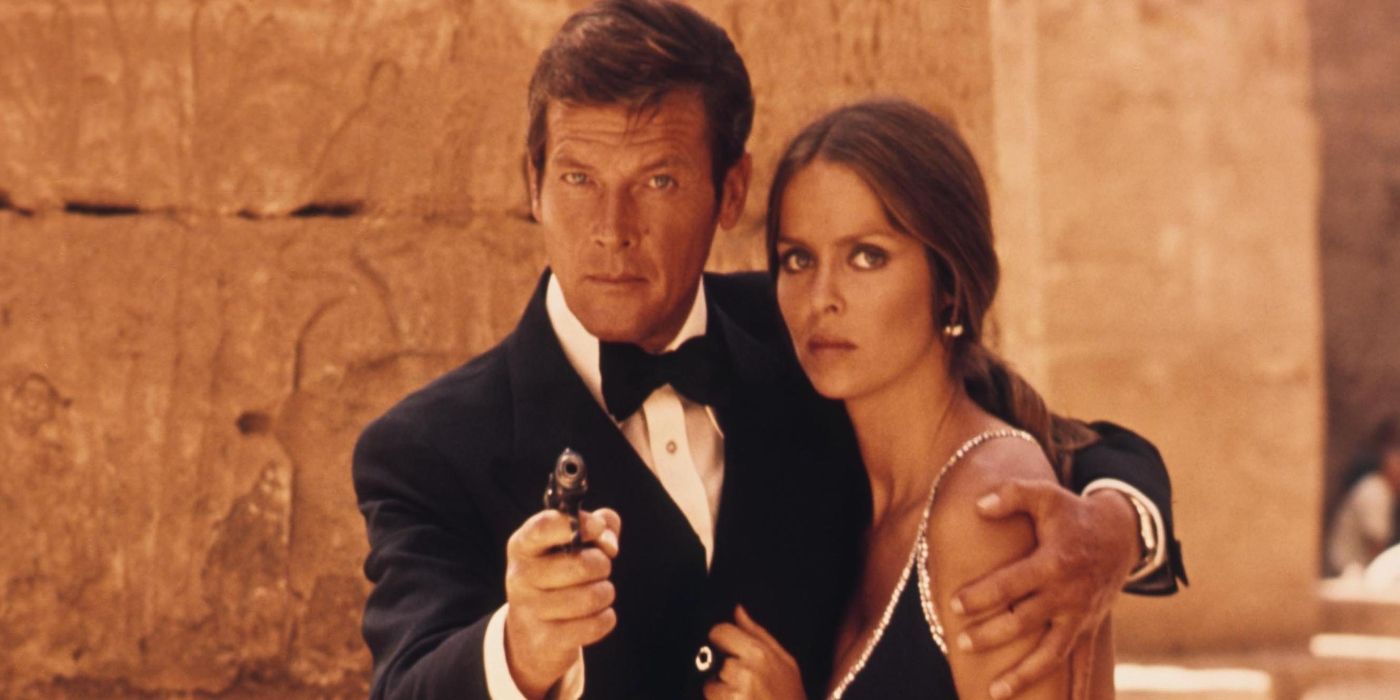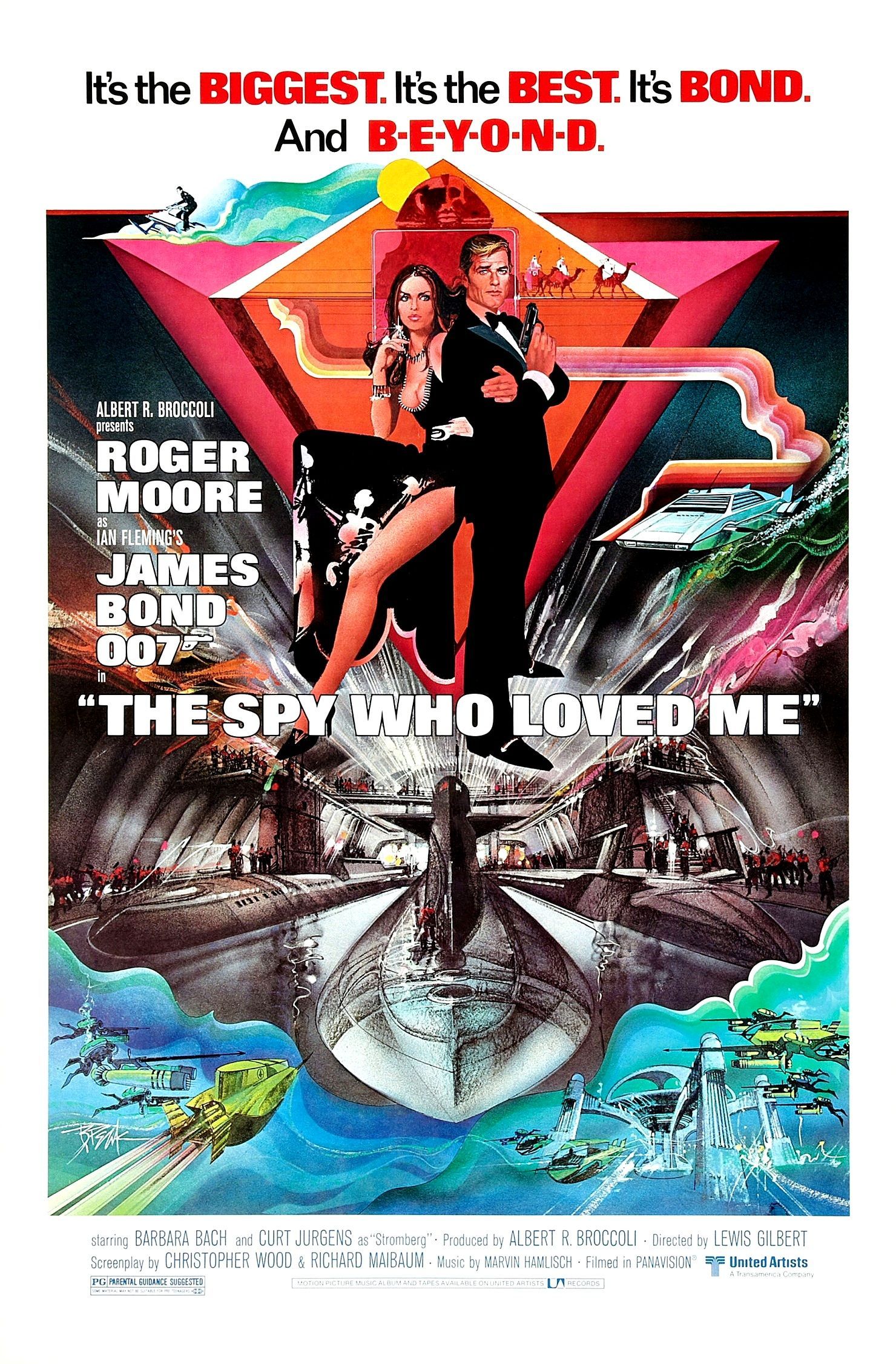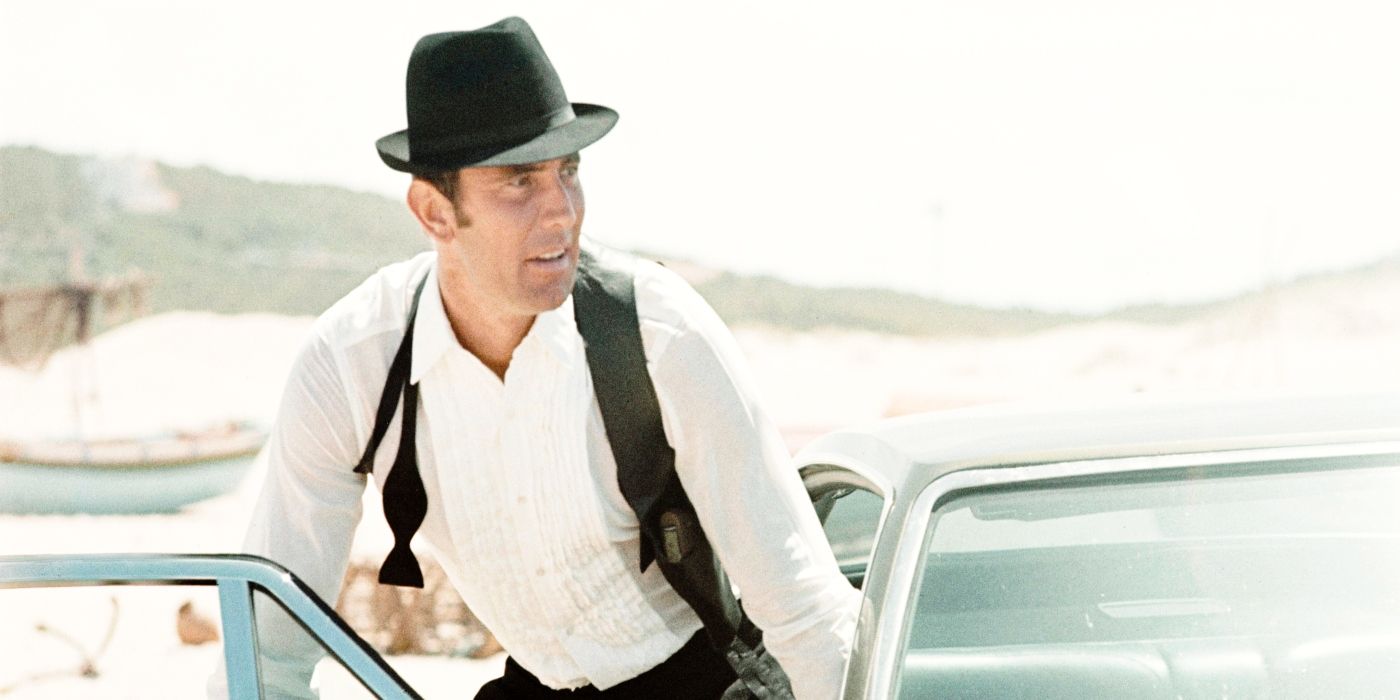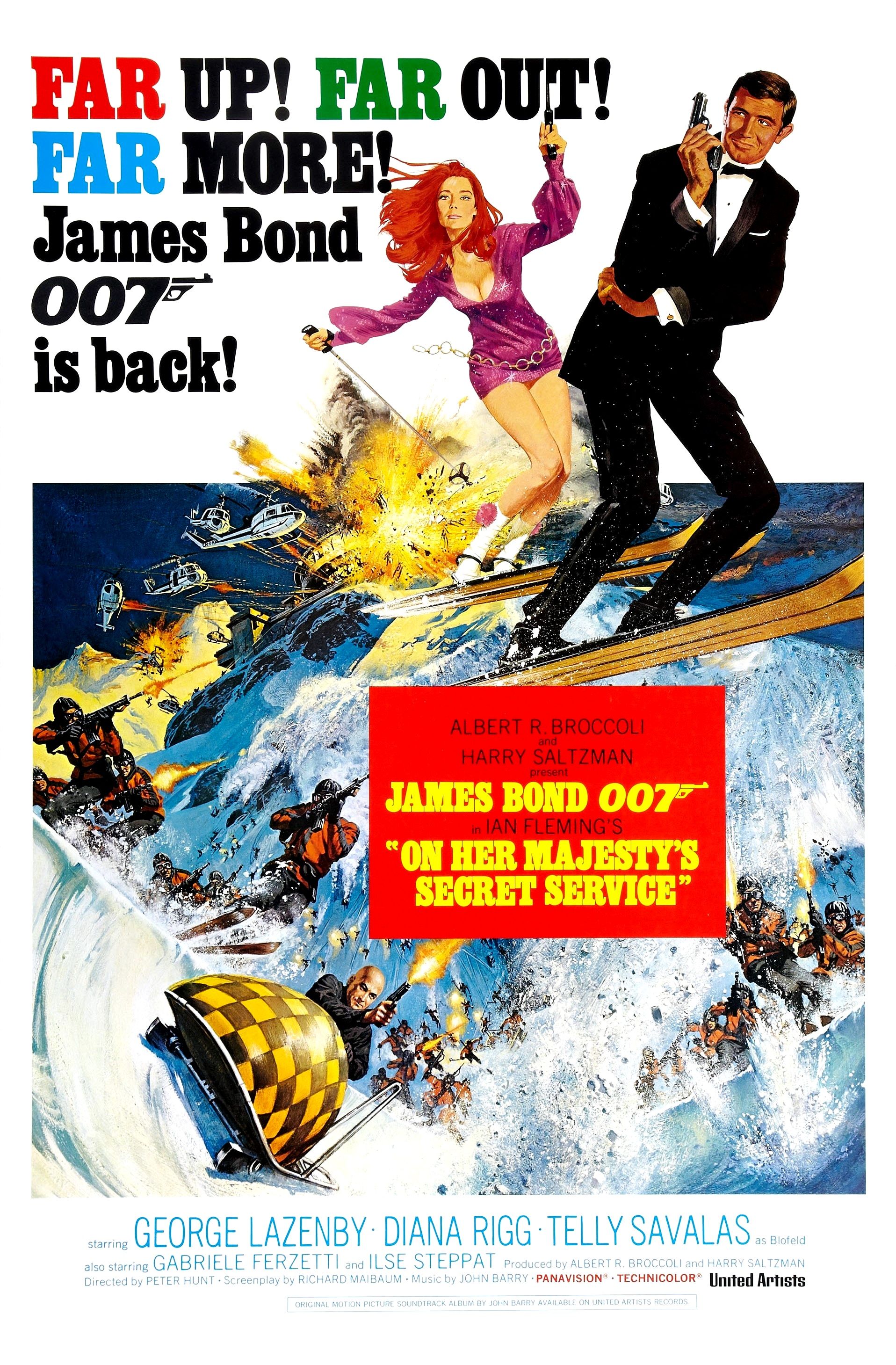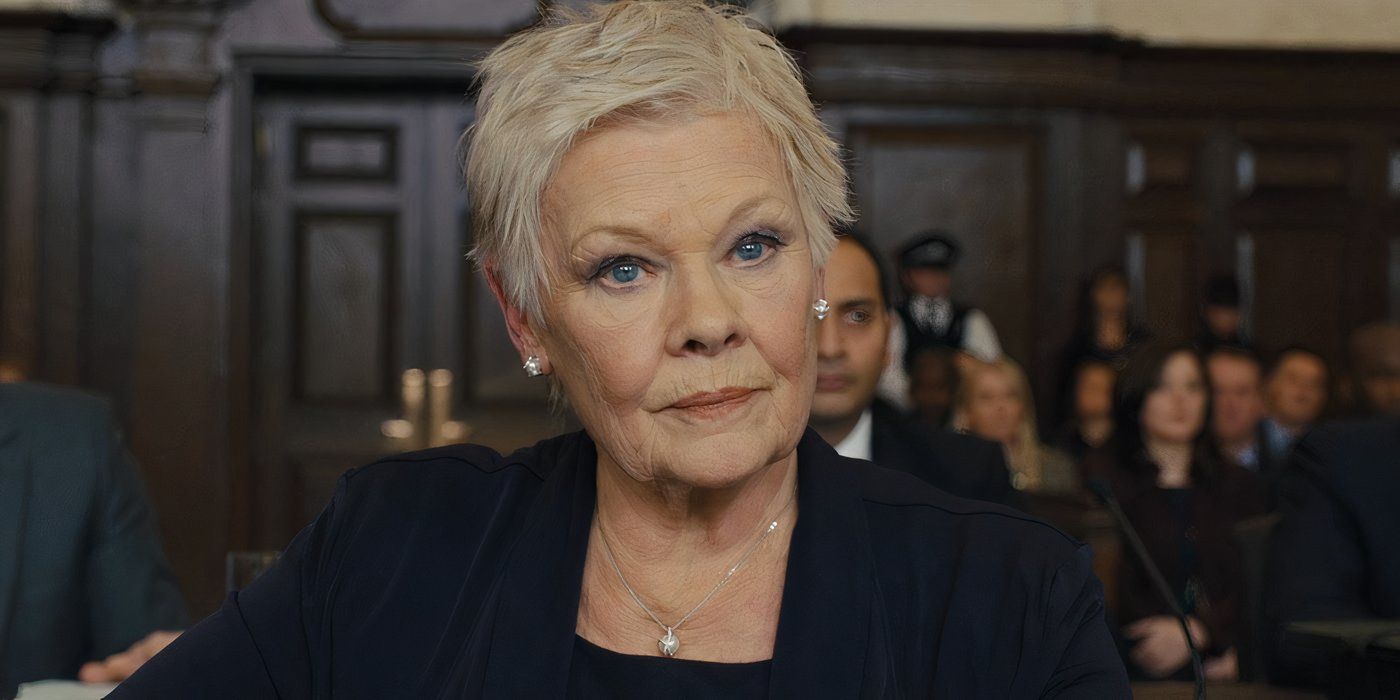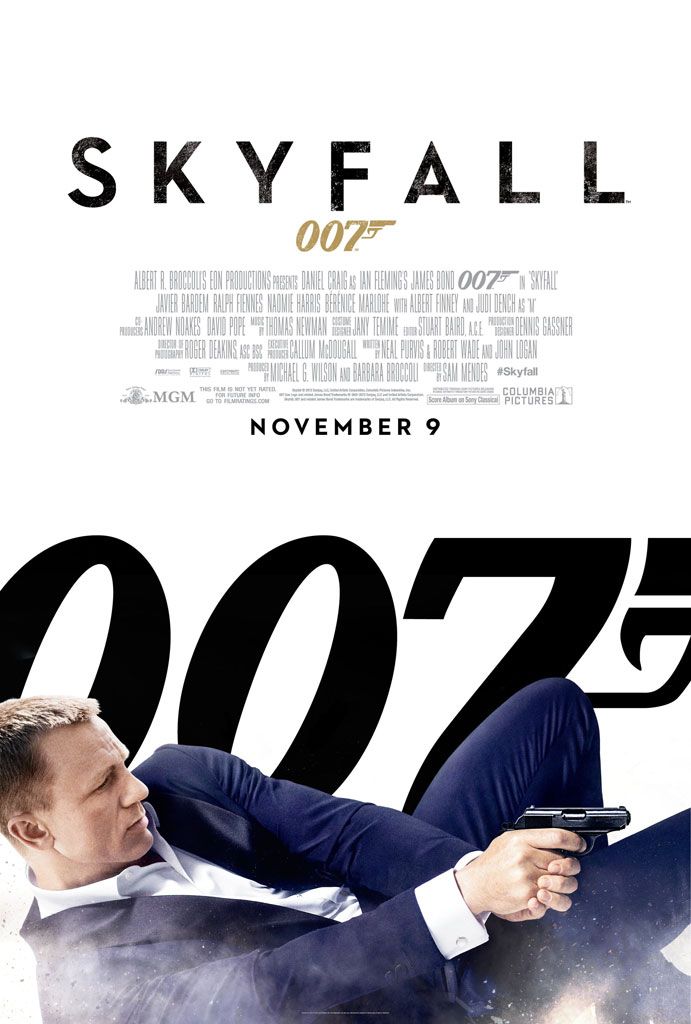James Bond is regarded as one of the greatest heroes in film history, and for good reason. There aren’t many characters who have remained relevant for over six decades, but each generation seems to have their favorite actor who they know as the definitive version of 007. While Bond’s adventures have inspired many great films, he is not a superhero like Superman or Spider-Man; Bond is a flawed human being, and is capable of being vulnerable on the big screen.
Many of the best Bond films deal with more psychological issues, and speak to deeper themes than just plots to take over the world. It is this level of intelligence and self-awareness that makes the Bond franchise one that fans have been willing to invest in for such a long time. Here are the ten most psychological James Bond movies, ranked.
10 ‘Licence to Kill’ (1989)
Directed by John Glen
Licence to Kill is a very unique Bond film because it does not feature MI6 as the orchestrator of the plot. After his friend and his fiancee are brutally attacked on their wedding day, Timothy Dalton’s version of Bond went on a brutal mission of revenge to find those responsible and take them out in increasingly ruthless fashion.
Licence to Kill examined what Bond was capable of when he was divorced from British intelligence, and questioned whether or not he was capable of delivering fair and appropriate justice on his own. While Dalton was able to portray a version of the character that was far closer to the way that he had been depicted in the original novels by Ian Fleming, it sadly marked his last opportunity to place the role before the recasting process began and the franchise to a six year hiatus.
9 ‘Dr. No’ (1962)
Directed by Terence Young
Dr. No was the first Bond film ever released, and still holds up as an electrifying thriller based around the nuclear anxieties that were common within the Cold War. It’s easy to forget that Dr. No first debuted in theaters less than two decades after the conclusion of World War II, in which the detonation of the atomic bombs in Japan had opened the world’s eyes to the possibilities of nuclear devastation that could lead to countless casualties and insurmountable destruction.
Dr. No shows the responsibility that Bond has to end a cataclysmic event by introducing him to his polar opposite in the form of the titular mad scientist, played in a brilliant performance by Joseph Wiseman. The foreshadowing of future conflicts to come with SPECTRE and its agents helped Dr. No keep the suspense high, even after the credits began rolling.
8 ‘GoldenEye’ (1995)
Directed by Martin Campbell
GoldenEye introduced a new version of Bond that was far more modernized, as he now had to atone for some of his sexist action when Judi Dench’s version of M held his feet to the fire. Bond’s past comes back to haunt him in GoldenEye, as it is his former ally in MI6, Alec (Sean Bean), who ends up serving as the main villain of the film.
GoldenEye shows that Bond is flawed and capable of error, but still willing to push forward in a way that makes him heroic. While Pierce Brosnan ended up having a more mixed run as Bond due to the negative responses to The World Is Not Enough and Die Another Day, GoldenEye was the rare entry in the series that was able to make him a vulnerable character, whilst still pushing the action to its extreme.
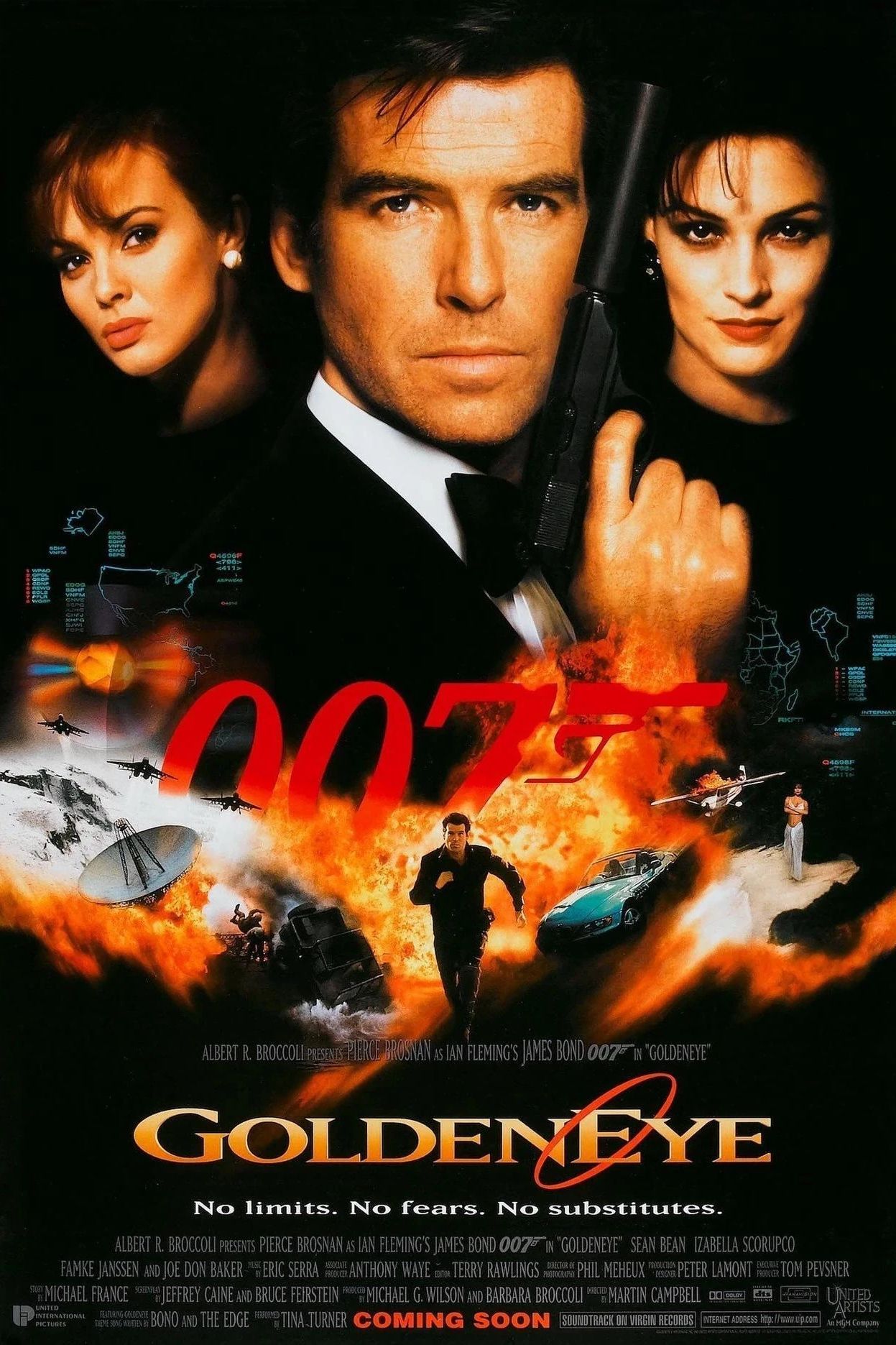
- Release Date
- November 16, 1995
- Runtime
- 130 minutes
- Writers
- Ian Fleming , Michael France , Jeffrey Caine , Bruce Feirstein
7 ‘Live and Let Die’ (1973)
Directed by Guy Hamilton
Live and Let Die made for a bold reinvention of the franchise, as it marked Roger Moore’s first appearance as Bond after Connery had reprised his role in the underwhelming sequel Diamonds Are Forever. Connery had always been charismatic, but Moore brought a jovial sense of humor that suggested that Bond used comic relief as a means of distracting himself from the inherent brutality of his profession.
Live and Let Die hints at the supernatural in a way that no other Bond film has, as the film is set in New Orleans and alludes to the use of voodoo. It essentially served as a tribute to the classic blacksploitation films of the era, as Live and Let Die actually had much more in common with Shaft and Dolemite than it did with previous films like Thunderball or You Only Live Twice.
6 ‘From Russia With Love’ (1964)
Directed by Terence Young
From Russia With Love is a tightly wound Cold War thriller that draws heavily from the influence of Alfred Hitchcock, particularly in the use of a confined train location that he had embodied with Strangers on a Train and The Lady Vanishes. While much of the joy of the Bond franchise was seeing the various gadgets that 007 has at his disposal, From Russia With Love put him in an environment when he had to rely on his wit’s alone.
From Russia With Love was also critical in the development of interesting Bond villains, as Robert Shaw’s performance as the ruthless SPECTRE assassin Red Grant proved to be an intellectual and physical equal to 007, and one of the rare antagonists that nearly gets the better of him. Even for non-Bond fans, From Russia With Love is a downright classic in the espionage genre as a whole.
5 ‘Goldfinger’ (1964)
Directed by Guy Hamilton
Goldfinger was essential in defining the franchise that the Bond series would become, as it set several precedents that were critical to the tone. Although both Dr. No and From Russia With Love had their moments of comic relief, Goldfinger pushed the double entendres and self-aware snarkiness even further, particularly in the naming of Bond’s love interest, Pussy Galore (Honor Blackman). Other hallmarks of Goldfinger include the introduction of Bond’s Aston Martin, several cool gadgets, and a thrilling opening action scene followed by a musical number.
Goldfinger is richly stylized and has a lot of fun setting up Bond’s wacky adventures, but it also resonated with the audience due to the forces that 007 was opposing. Considering that Bond was tasked with taking down a cruel aristocrat like Goldfinger (Guy Frobe) who wants to destroy the economy, there was more than enough reason to root for 007.
4 ‘Casino Royale’ (2006)
Directed by Martin Campbell
Casino Royale served as a modern reboot that grounded Bond in a post-9/11 era in which international terrorism was even scarier than any point in history. While it is certainly one of the most violent entries in the series,Casino Royale is also deeply psychological in how it breaks down how Daniel Craig’s version of the character became the grim, nihilistic superspy that the world would know as Bond.
It ends up being a personal tragedy that shapes Bond’s personality, as he ends up returning to his job at MI6 after the brutal execution of the woman Vesper Lyn (Eva Green), one of the few romantic partners to have truly broken his heart. Vesper’s death ended up becoming one of the most defining moments of the character, as it was something that Craig’s version of Bond ended up having to emotionally reckon with up until his final adventure in No Time To Die.
3 ‘The Spy Who Loved Me’ (1977)
Directed by Lewis Gilbert
The Spy Who Loved Me is one of the few Bond films to reckon with the legitimate brutality of spycraft, as espionage is built on lies, devastation, and secrecy. Roger Moore’s version of Bond is paired with the Russian Secret Service agent known as “XXX” (Barbara Bach), who remains unaware that her new partner was responsible for the death of her former lover.
The Spy Who Loved Me explores the futility of interpersonal relationships in the spy world, as it is one of the few instances in which Bond seems to be genuinely apologetic for his actions. While Moore is generally known for having more comedic roles in the Bond films that he starred in, The Spy Who Loved Me showed that he could get serious if the role called for it, as he understood the inherent loneliness that defined the character.
2 ‘On Her Majesty’s Secret Service’ (1969)
Directed by Peter R. Hunt
On Her Majesty’s Secret Service is very much a standalone film within the Bond franchise, as it was the only entry to star George Lazenby as the character. On Her Majesty’s Secret Service explores the impossibility that Bond faces of ever being able to have a seemingly normal life; despite falling in love with Tracy (Diana Rigg), Bond has to watch as she is brutally murdered on their wedding day in one of the most shocking twists in the franchise’s history.
On Her Majesty’s Secret Service leans into some surrealist elements, as Bond faces chemical testing and pseudoscience when he attempts to take down a SPECTRE base in the Swiss Alps with Tract. In more ways than one, On Her Majesty’s Secret Service feels like one of the most expensive arthouse films ever made, as it just so happens to feature Bond as a character.
1 ‘Skyfall’ (2012)
Directed by Sam Mendes
Skyfall was a Bond film that reckoned with the character’s past, as Daniel Craig’s version of the character has to visit the home in which he experienced significant tragedy as he tries to protect M from the ruthless cybercriminal Raoul Silva (Javier Bardem). In more ways than one, Silva represents a darker version of Bond who chose to act selfishly instead of remaining loyal to his country; Silva was once an MI6 agent, but turned against his employers after feeling betrayed.
Skyfall openly questioned what the role for MI6 was in the future, as M has to appear in a public inquiry in order to defend the agency and those that serve it. Skyfall certainly brought Bond into the modern era, but there were also more than enough references to the saga’s history to assure longtime fans that their investment had paid off.
Source link

